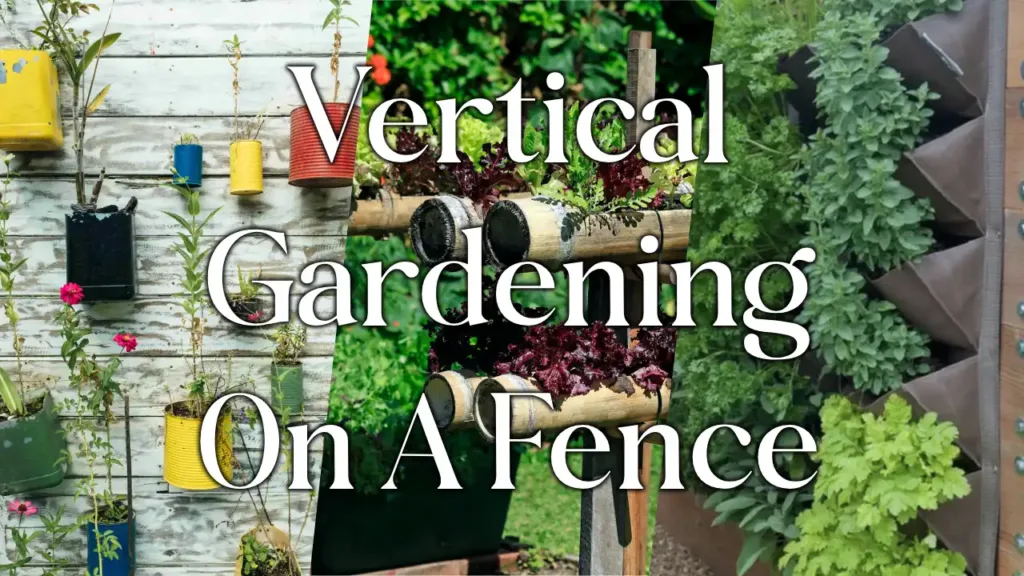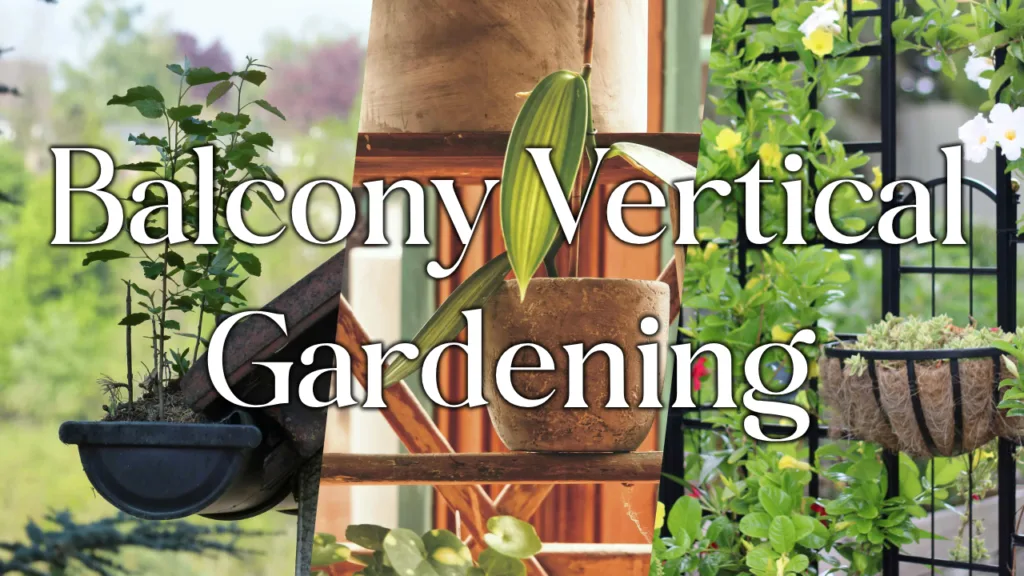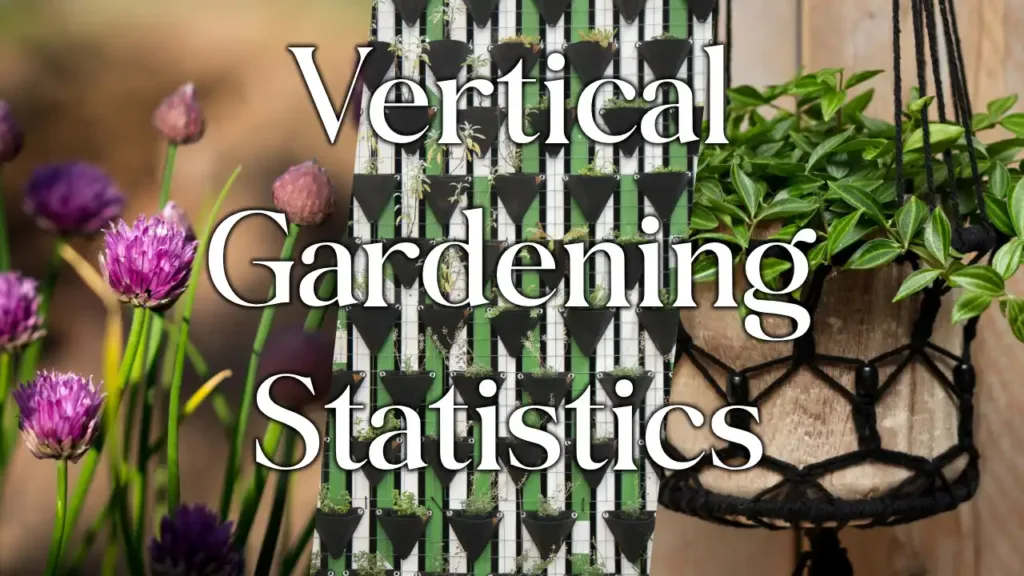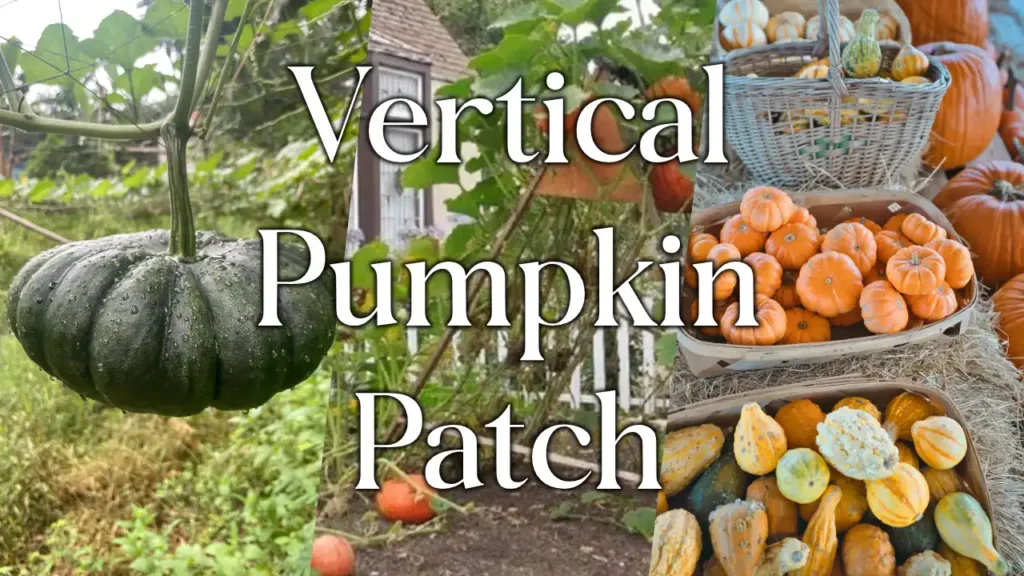If you want to have a productive and beautiful outdoor space, then creating a vertical garden on your fence is a great solution. Adding colourful flowers, structural grasses, climbing berries and many more plants to your fence can transform your space by disguising the harsh man-made boundaries, helping your garden to feel more open and spacious.
In this article, we’ll show you exactly how you can create a vertical garden on your fence. So, whether you’ve got a small outdoor space and are looking to maximise your garden’s output, or if you’ve got a large garden and are wanting to make use of a blank wooden fence panel, then this guide is for you.
Contents
Vertical Garden Benefits
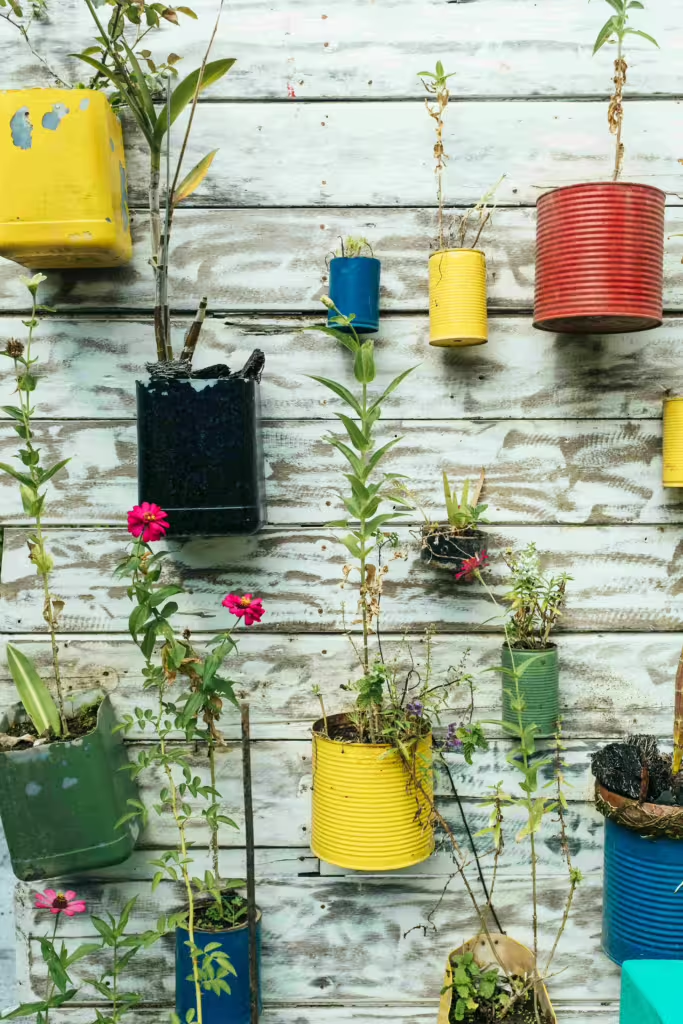
Our experience of vertical gardening has been great. From increasing your garden’s productivity to improving the look of your space and even reducing the risk of diseased plants, vertical gardening has many benefits. Let’s look at a few of them in more detail.
- Hidden Boundaries: By creating a vertical garden on your fence or wall, you hide the harsh manmade structure, making your garden feel larger and more natural.
- Increased Productivity: Vertical gardens allow you to grow more plants in the same space by growing plants above each other. This allows you to get a more bountiful yield if you’re growing crops, or creates a more vibrant display of colour if you’ve planted flowers.
- Easier Maintenance: If you ever get achy after spending a long time in the garden, then vertical gardening can help you by raising the height of the plants to a more comfortable level.
If we’ve still not convinced you of the joys of vertical gardening, then take a look at this article with 7 more perks of vertical gardening.
Creating Your Vertical Garden
Now it’s time to get into the exciting part of building the vertical garden on your fence! Just follow our easy 4 step guide and you’ll have your vertical garden setup in no time.
Step 1: Find The Space
The first step is to find the best fence in your garden for planting on. We’d recommend choosing a sunny and sheltered spot so that you get the most out of your plants. This is especially important if you’re planning to grow fruit or vegetables on your fence, as they’ll need a lot of sunlight to grow well.
In addition to the right space, it’s important to make sure that your fence is very sturdy and can support the weight of the containers, soil and plants that you’re planning to use.
Step 2: Choose The Right Containers
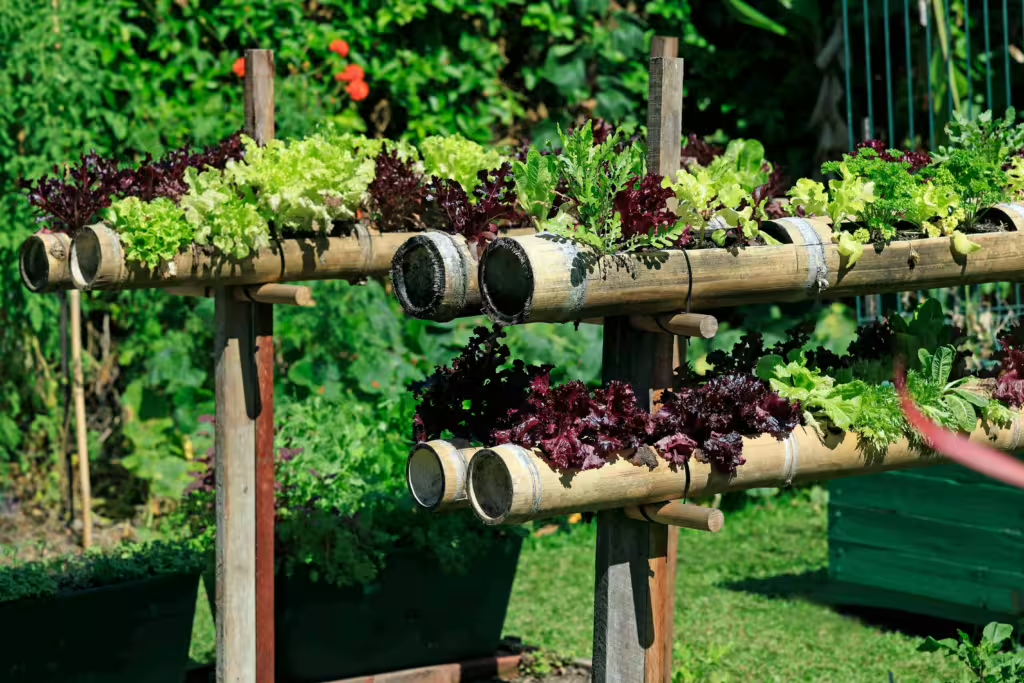
The next step is to choose the right containers for your plants. For small plants, we’ve found using old tin cans from your kitchen to be a great container. Simply make a hole in the bottom of it to allow for drainage and screw it into the fence.
If you’re after something with a bit more depth, then we’d recommend taking a look around your garden centre to find a good sized plant pot to use. Or, if you prefer the DIY approach, take a look at any containers or old drain pipes that you have lying around. It’s worth bearing in mind that these heavier containers will likely need wooden supports to keep them off the ground, so it’s worth taking this into consideration!
Step 3: Pot Your Plants
Now it’s time for the exciting part – choosing and potting your plants. In truth, almost any plant is suitable for vertical gardening, as long as you’ve got the right pot and soil to plant it in. As a general rule of thumb, we recommend choosing a pot around 5-10 cms bigger than the pot that you bought the plant in to give it room to grow.
If the plant doesn’t fit the pot that you’re wanting to grow it in, you might be able to split the plant into 2 so that it will fit. We’d recommend that you thoroughly read the label on the plant to check the conditions that it’s well suited to grow in.
Step 4: Maintain Your Vertical Garden
After you’ve planted your vertical fence garden the work’s not finished! In order to keep your plants healthy you need to keep them well watered, as pots are well known for loosing a lot more water than the soil. It’s also important to regularly dead head your plants and remove any dead-looking leaves to keep it healthy year round.
Inspiration
Conclusion
So there you have it, you’re now able to create your dream vertical garden on your fence.
If you’d like to learn more about vertical gardening, take a look at our vertical pumpkin growing guide. Otherwise, if you’re interested in how much you can grow in a small space, take a look at our article on how much you can grow on a small balcony.
